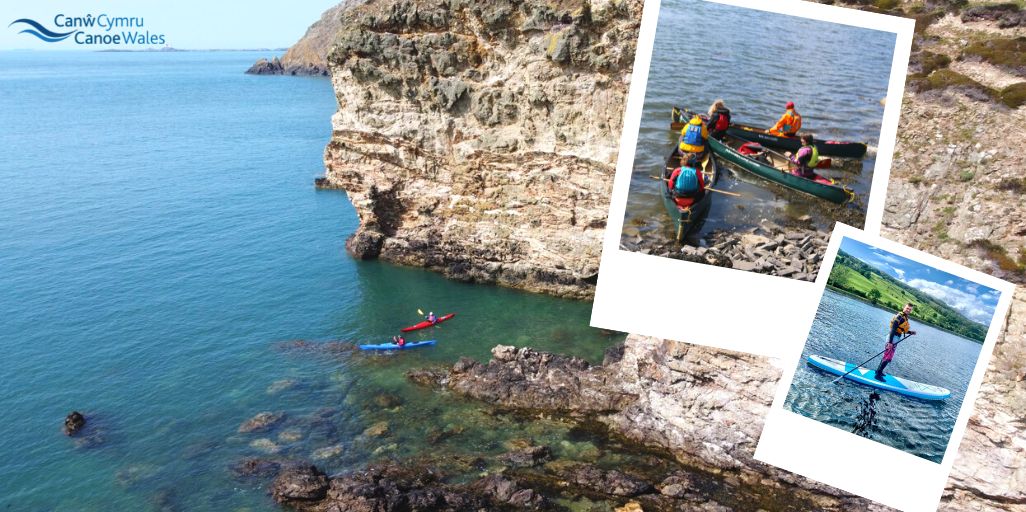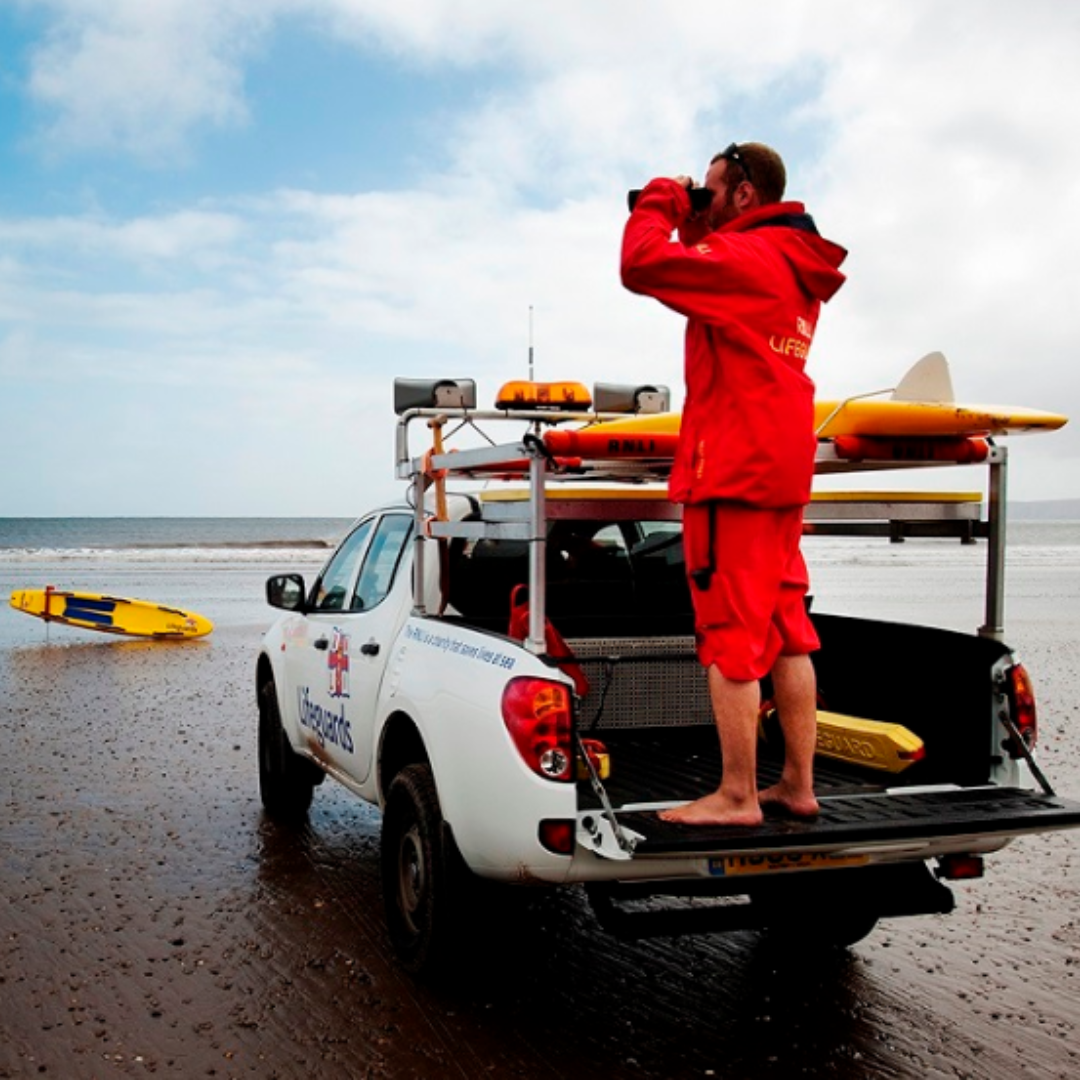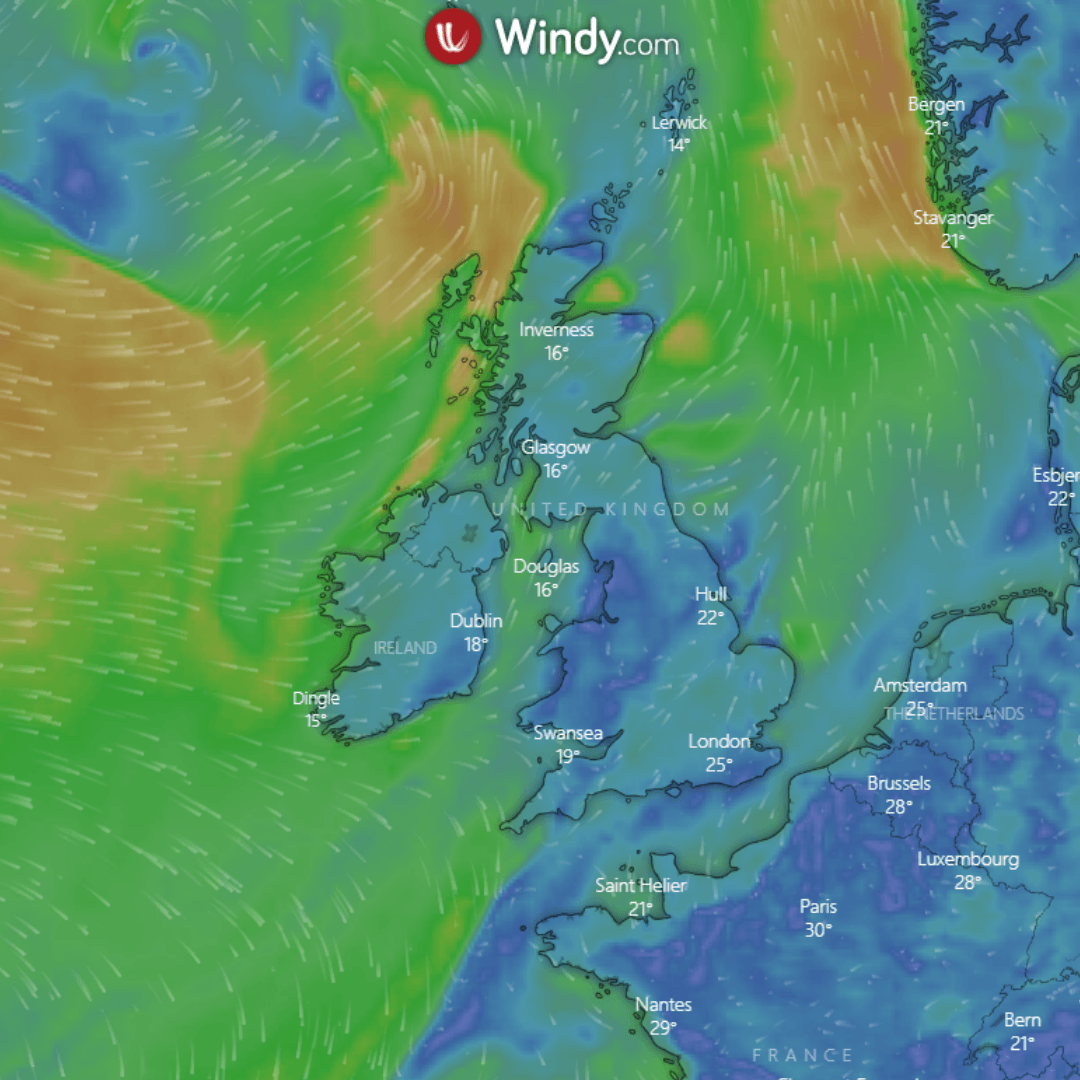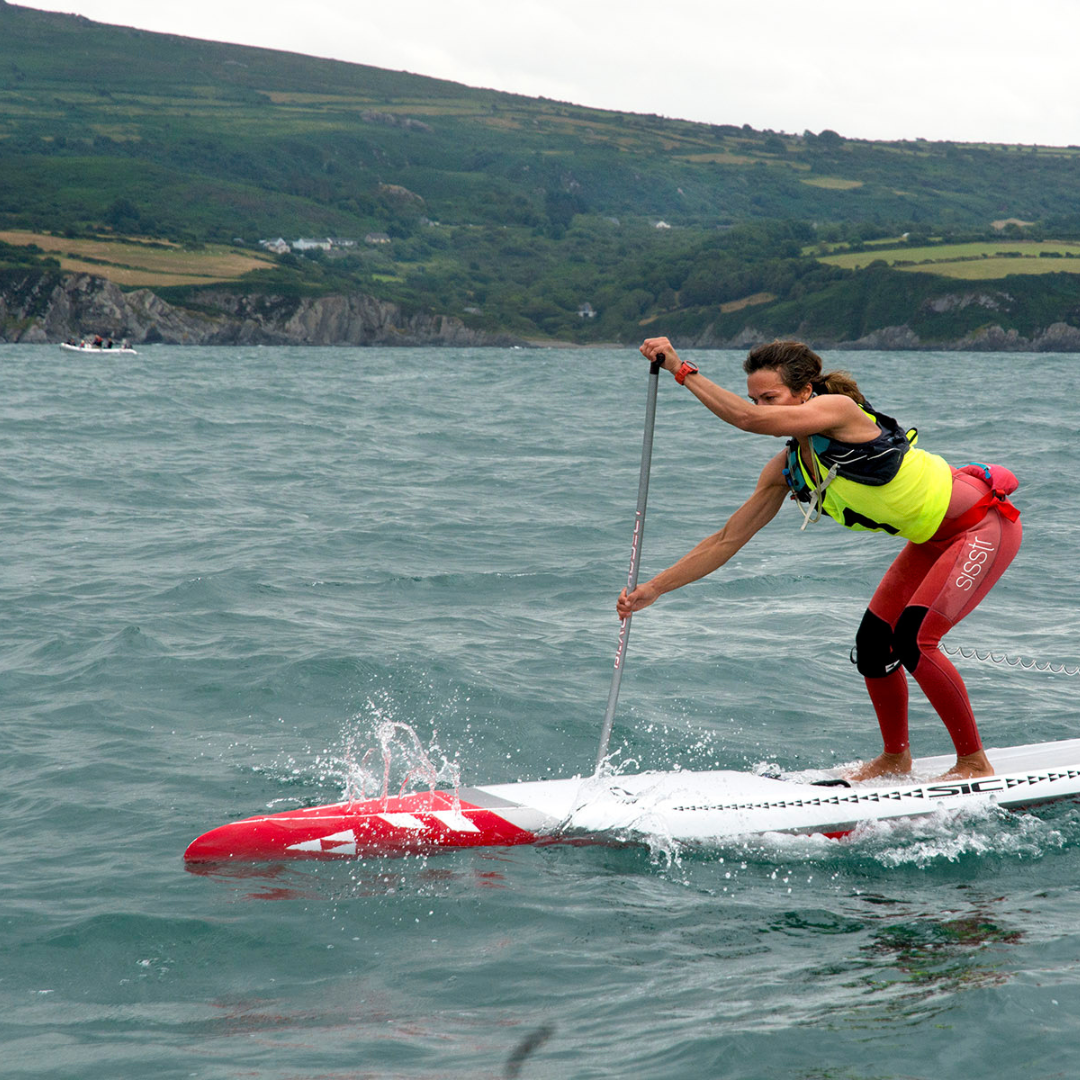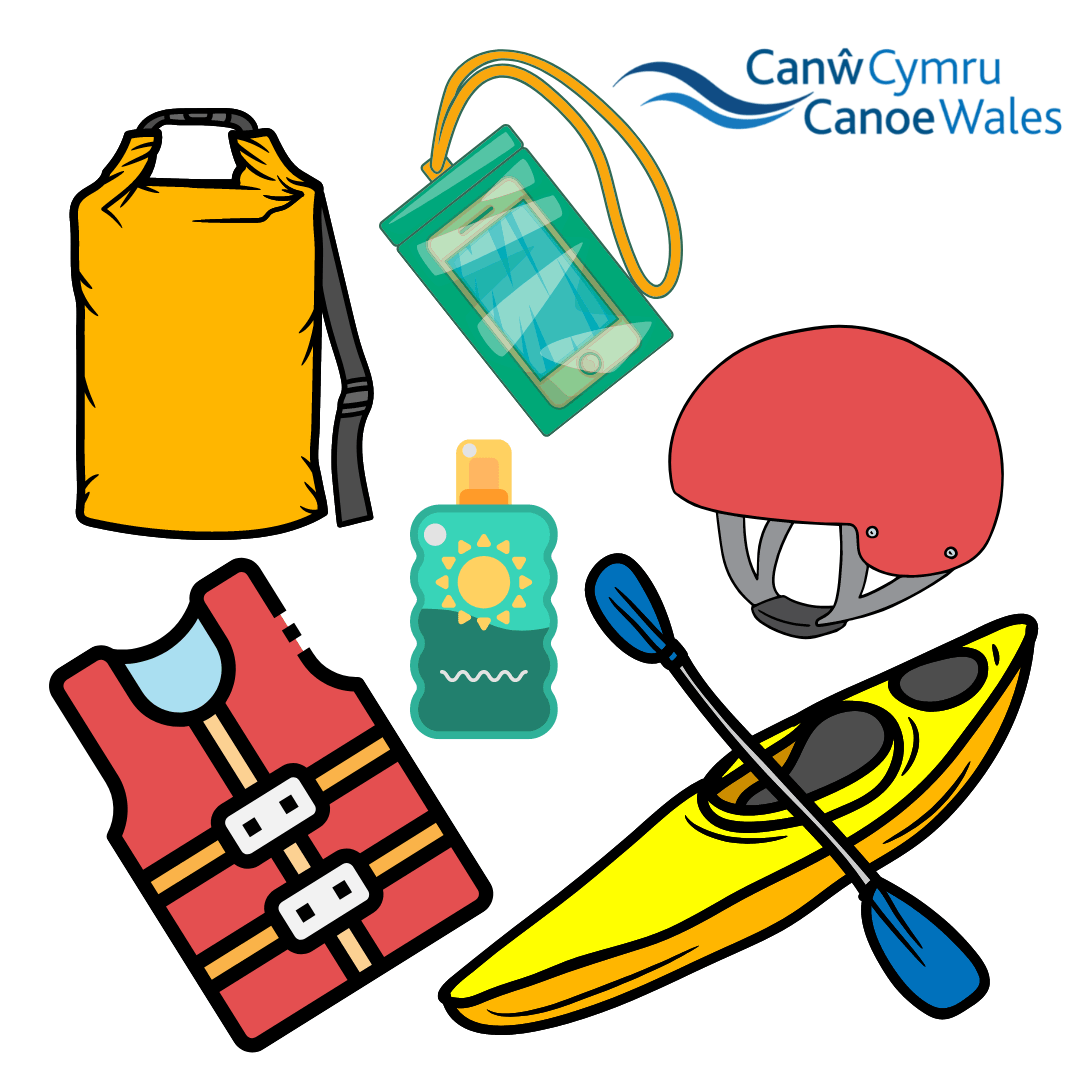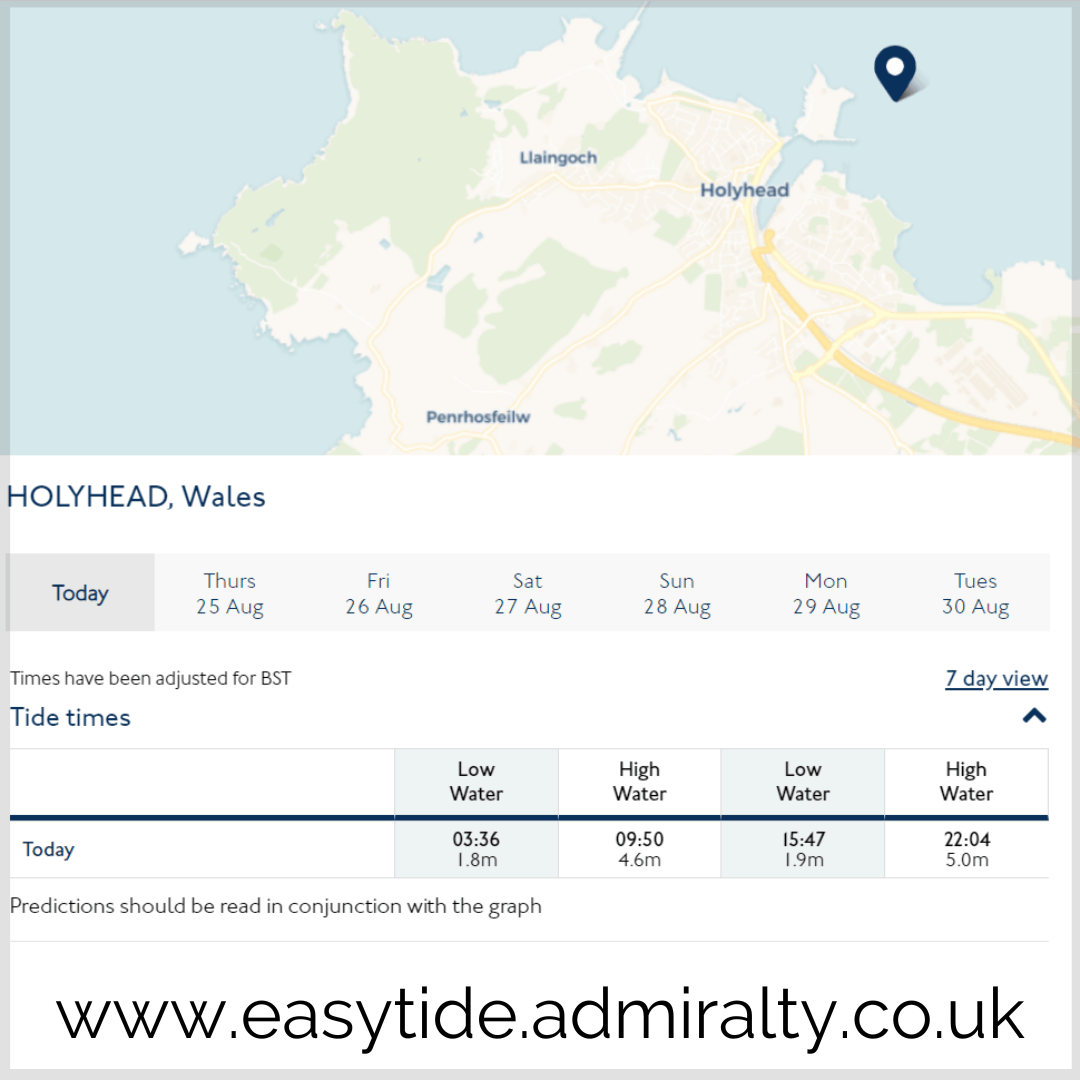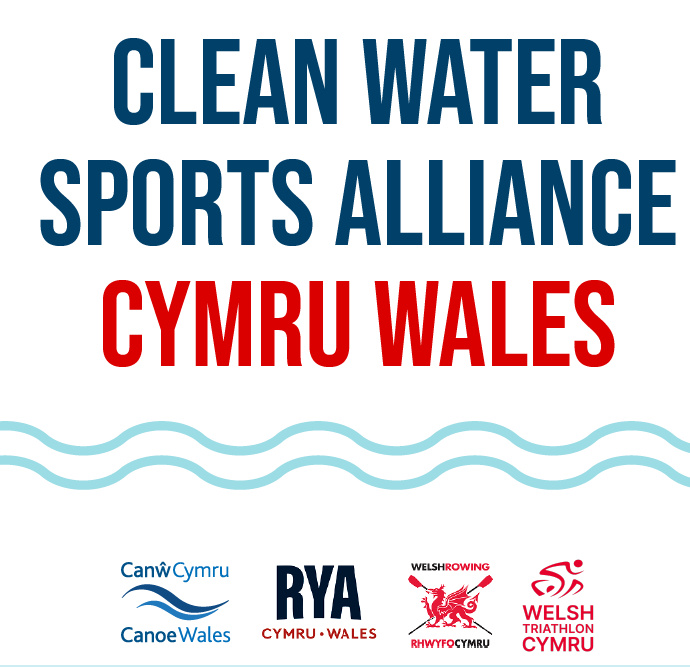Where to go
The safest option is to paddle at a lifeguarded beach, where you can get guidance on the tides and local conditions and have a safe and enjoyable time on the sea.
Alternatively, a sheltered bay can offer a relatively safe environment. One that has a watersports shop or activity provider is ideal as you can ask their advice on tides and conditions (if they rent out paddlecraft then it’s probably a relatively safe location). If you know what time high/low water is you can show you’ve done your research before you ask them! Easytide
will show the tide times for most locations around Wales.
If you want to venture further out or along the coast for an adventure the best advice is go with a certified activity provider
or with a local canoe club. Alternatively get some training and gain some sea skills and knowledge! A few hours of training can really open up the coast for you, and you can get the most out of your boat or board!
Some great courses are:
Coastal Navigation and Tidal Planning Training
(8 hours – for all paddlecraft, can be online or on the water!)
Paddle Safer
(2 hours – all paddlecraft)
SUP Safer
(4 hours – paddleboards)
Sea Kayak Award
(2–3 days – sit-on-tops or closed-cockpit kayaks)
Coastal Sea Kayak Award
(2– 3 days – sit-on-tops or closed-cockpit kayaks)
To find out about courses in Wales visit the Canoe Wales
website or contact the Coaching and Development manager coaching@canoewales.com
If you do head out remember:
Floatation – use a buoyancy aid or PFD (and appropriate leash on a SUP).
Location – understand the local tide and wind effects.
Navigation – do you know where you are going? Take a chart, GPS or map.
Communication
– taking a method of calling for help, telling someone where you’re going.
Education
– do a course or some online learning.
Want to know more?
If you’d like to learn more about tides, tidal planning and nautical charts, or about carrying and using VHF, personal locator beacons (PLBs) or other ways or calling for or attracting help then keep an eye out on the Canoe Wales website. We’ll be releasing more sea-related blogs over the coming weeks! So, keep your eyes peeled!

